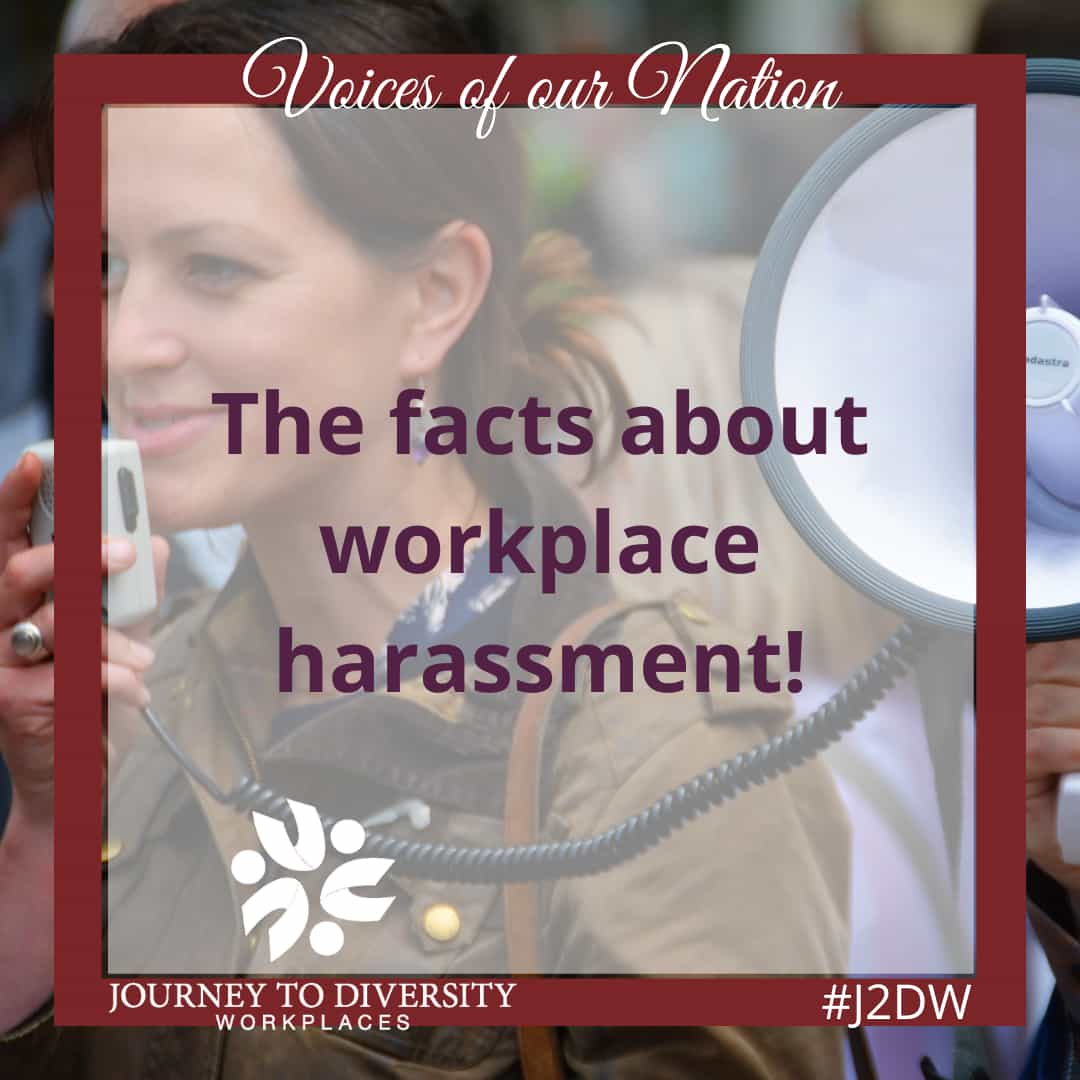Change is constant. The good and the bad; change leaves us twisting and dancing. Leaders guide the pack through the change that is most certainly on its way. Every company and organization that is to survive requires a strong leader that can motivate and enable others to contribute to their goals. A leader often disrupts the status quo to pave the way for new plans through a combination of communication, managing the internal forces within the group, and removing barriers that hinder members from their shared success. The best leaders must be highly strategic, and both oriented to the task and people demands of managing others.
It is important to be aware that we will likely face change and to understand the ways in which to respond to it. Each force of change will bring barriers for the leader to remove. From within the company there may be forces that ignite change such as a loss of productivity, poor quarterly profits, strikes, or a disenchantment of the work force. The main external forces driving change are globalization, workforce diversity, technological change, and managing ethical behavior. We will look at these external factors briefly before examining one of the most popular theoretical models for understanding change, then we will consider the most important steps for leaders who want to stimulate change.
Globalization has opened opportunities for many businesses to interact with and serve markets anywhere in the world. Leaders must be aware of these changes to capitalize on all opportunities for growth, and to foresee threats from competitors who have access to the same markets they rely on. Workforce diversity is closely related to globalization. As the globe shrinks, demographics become more diverse which leads to a greater need to manage diversity and ensure inclusion. Technological innovation is changing the world every year; failing to stay at pace can result in loss of competitive advantage and income. Lastly, in a connected world that is striving for more accountability, inclusion and ethical behavior, a business may have cultural issues such as systemic racism or unethical practices that must be unrooted.
Kotter’s Change Model is one of the more popular models for understanding how to initiate and sustain change and describes the process through eight steps. Kotter recommends first creating a sense of urgency. Using a strong, aspirational statement to communicate the urgency of change, will initiate motion. Second, Kotter advises implementing a guiding coalition. Preparing a team to spearhead and guide others on the pathway to change. This approach is more likely to succeed than attempting to initiate change alone. The third step is forming a strategic vision and initiatives. One must document how they will act and what success will look like once the plan is complete. This helps explain to newcomers why you are seeking change and what it will mean once it’s achieved. The fourth step is enlisting a volunteer army; more agents of change inevitably enhance the reach of the campaign and help spread the message. Next, the fifth step is to enable action by removing barriers. If no one is removing barriers then the coalition will be slowed down, and loss of momentum can very well lead to failure during such a demanding process. The sixth step is to generate short term wins. These are the building blocks that you show to others as proof of change in action. Kotter recommends celebrating short term wins to help motivate others. Step seven is to sustain acceleration; now is the time to keep pushing towards change goals and will demand extra effort to keep the ball rolling. Finally, step eight is to institute change. At this final stage Kotter recommends reminding followers of the change plan until the new behaviors become habitual and long lasting.
Kotter’s model is helpful to visualize and navigate the way through change but there’s still so much more to leadership in times of change. There is a quote attributed to Mahatma Gandhi: “Be the change you wish to see in the world”. When tasked with leading through change it is essential to fully embrace it. To inspire others to follow, a leader must be maximally engaged and on task. Leading requires presenting oneself in a way that inspires confidence and an interest in goals. Change must be prepared like a dinner so that it is palatable and served on a regular basis so that the nutrients are sustained for the body to use as fuel.
References
https://www.kotterinc.com/8-steps-process-for-leading-change/
ORGB (2018) Nelson, Quick, Armstrong, Roubecas, Condie.
This article was written by summer student Adam Best and edited by summer student Hannah Mastin. This article was paid for by the Government of Canada.


